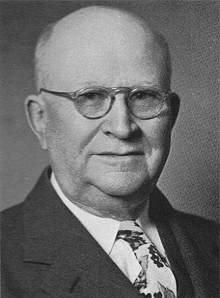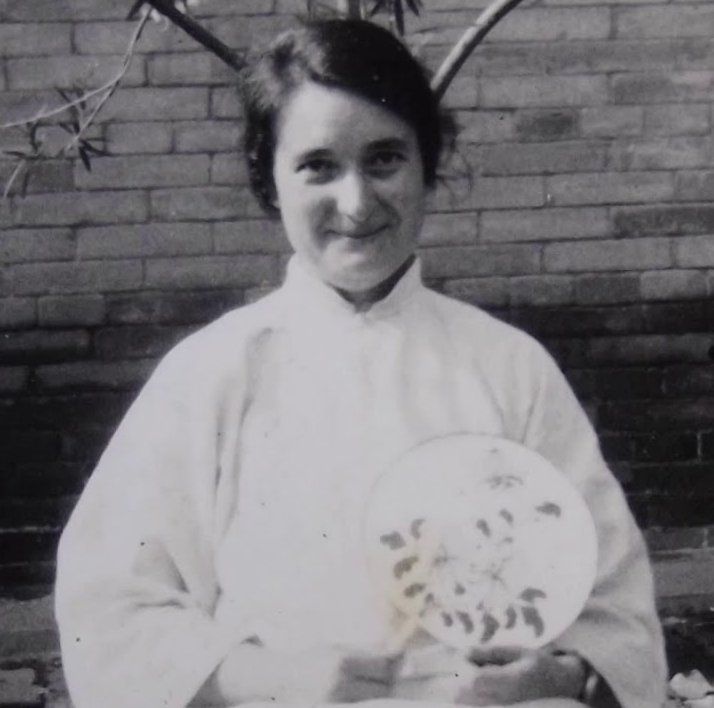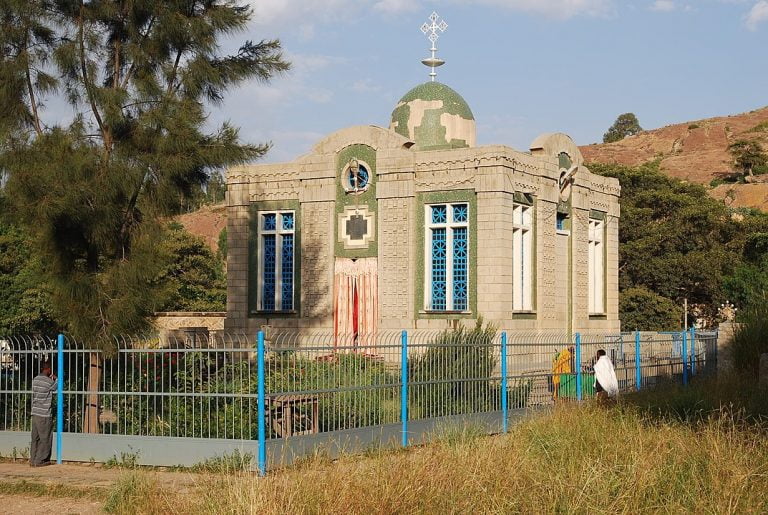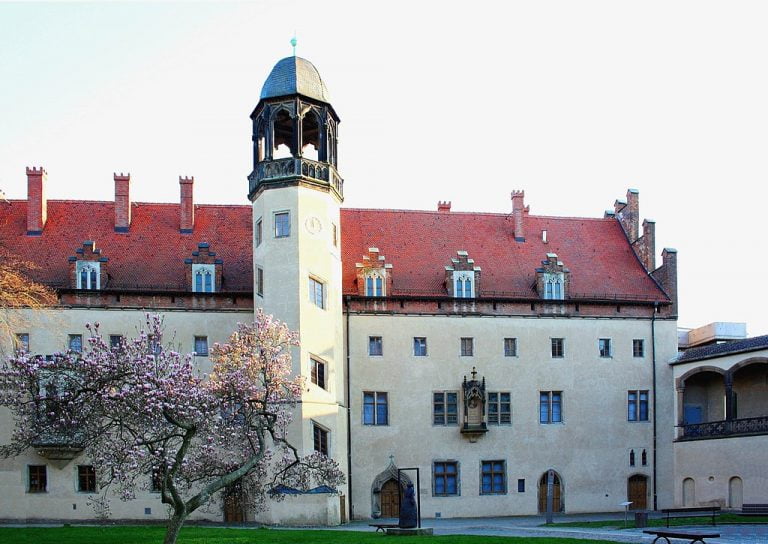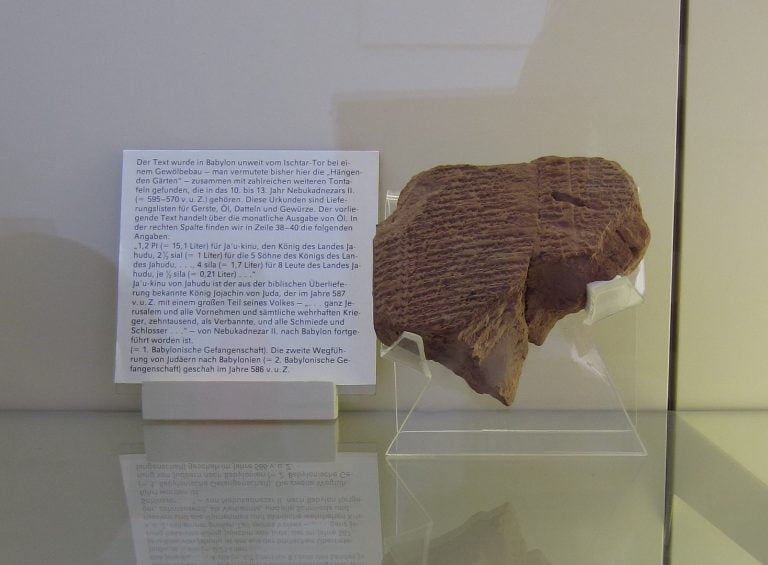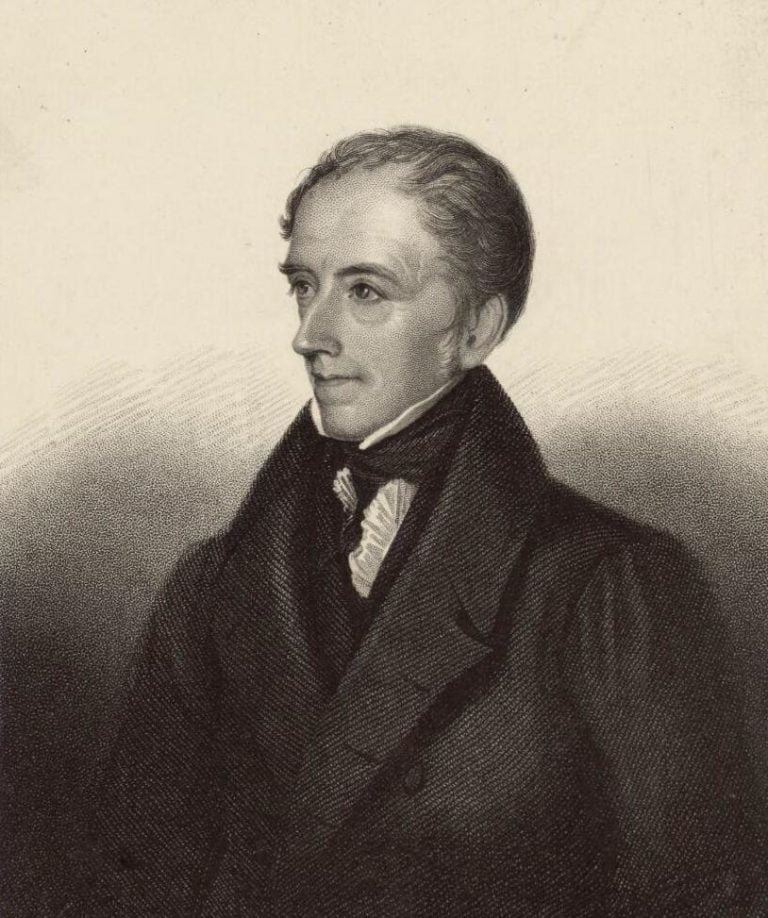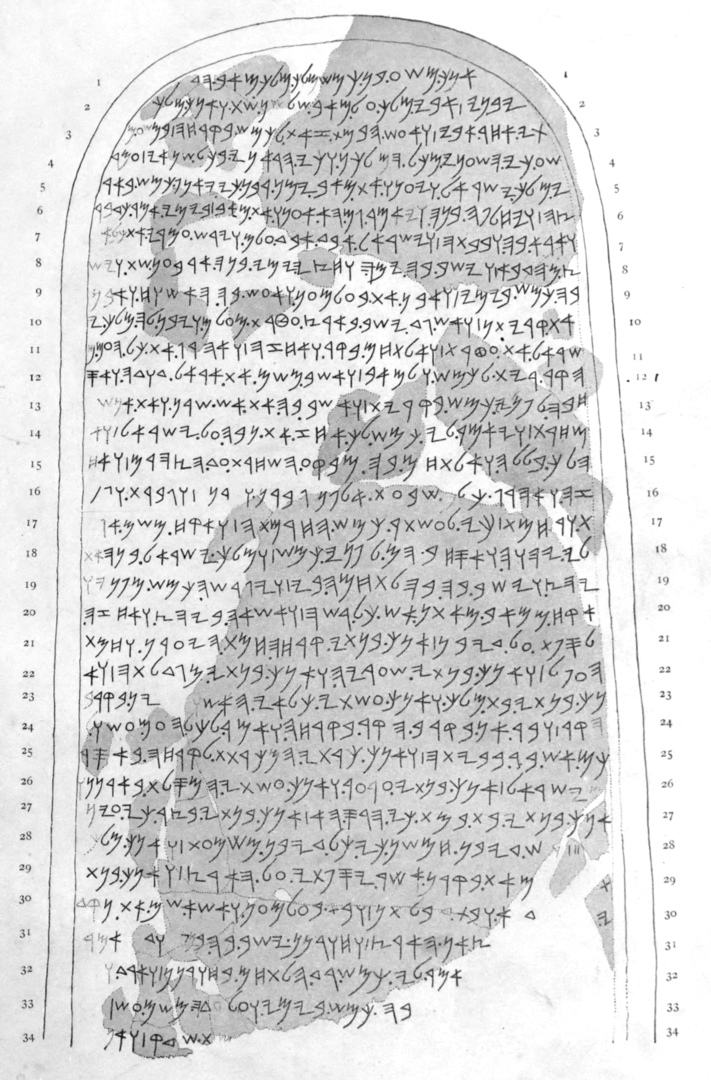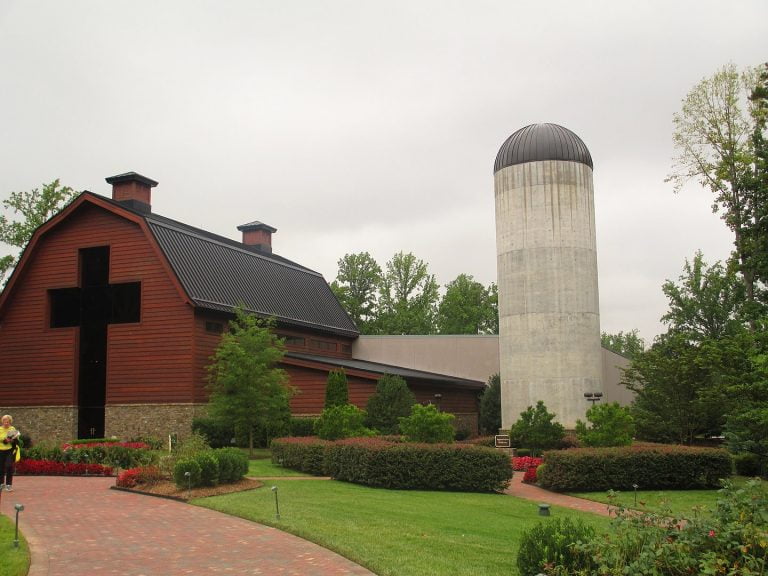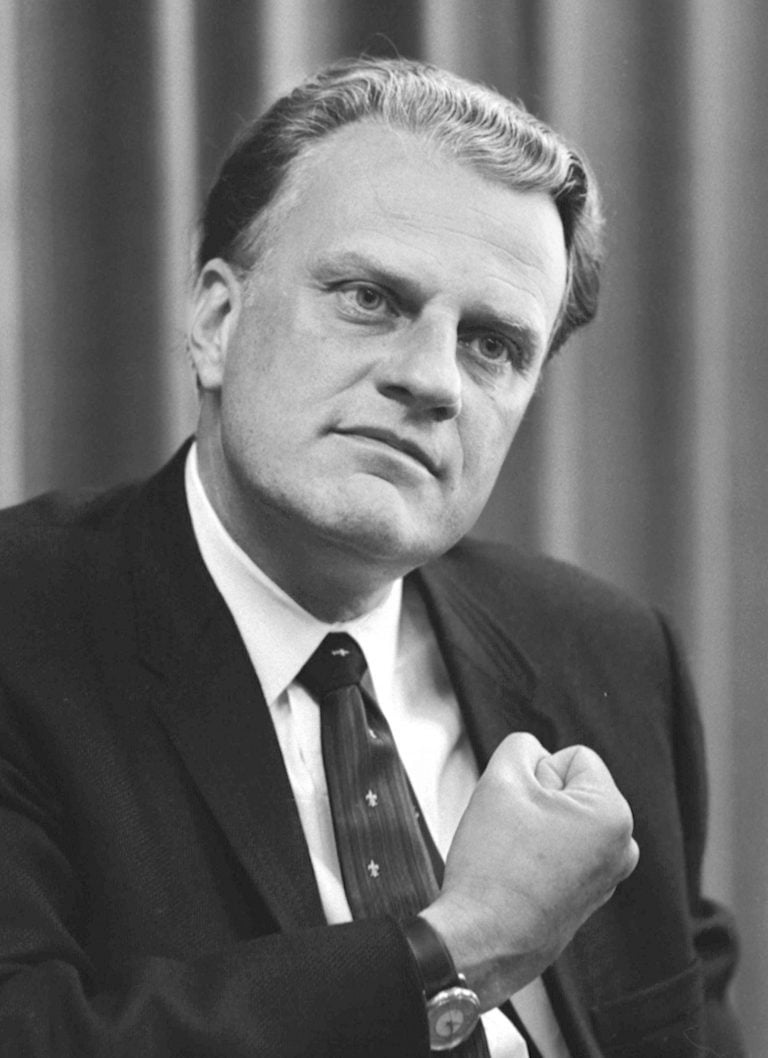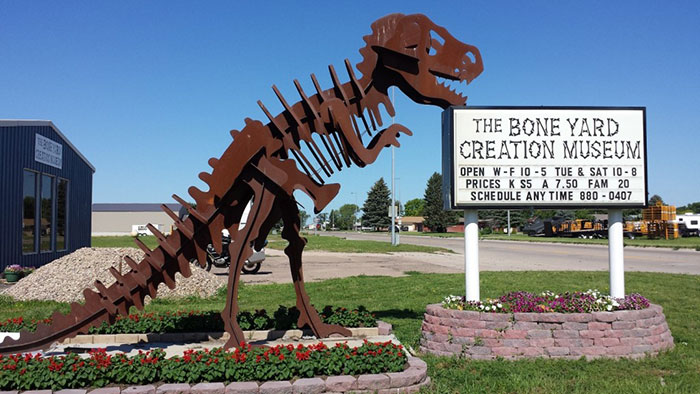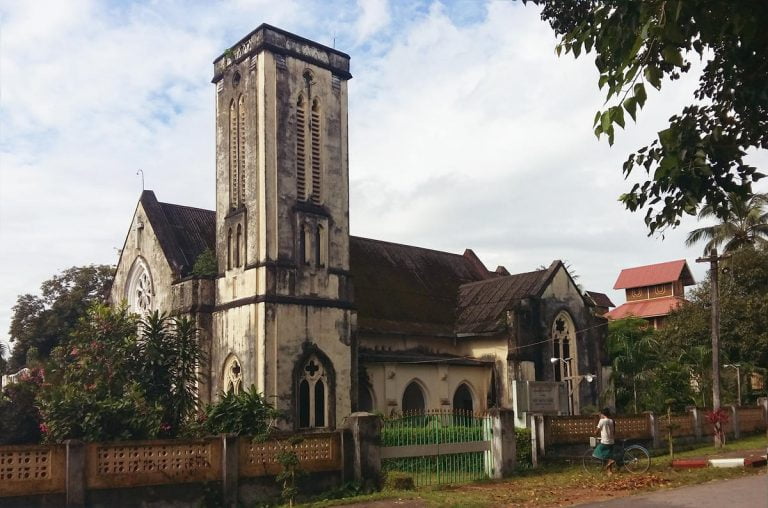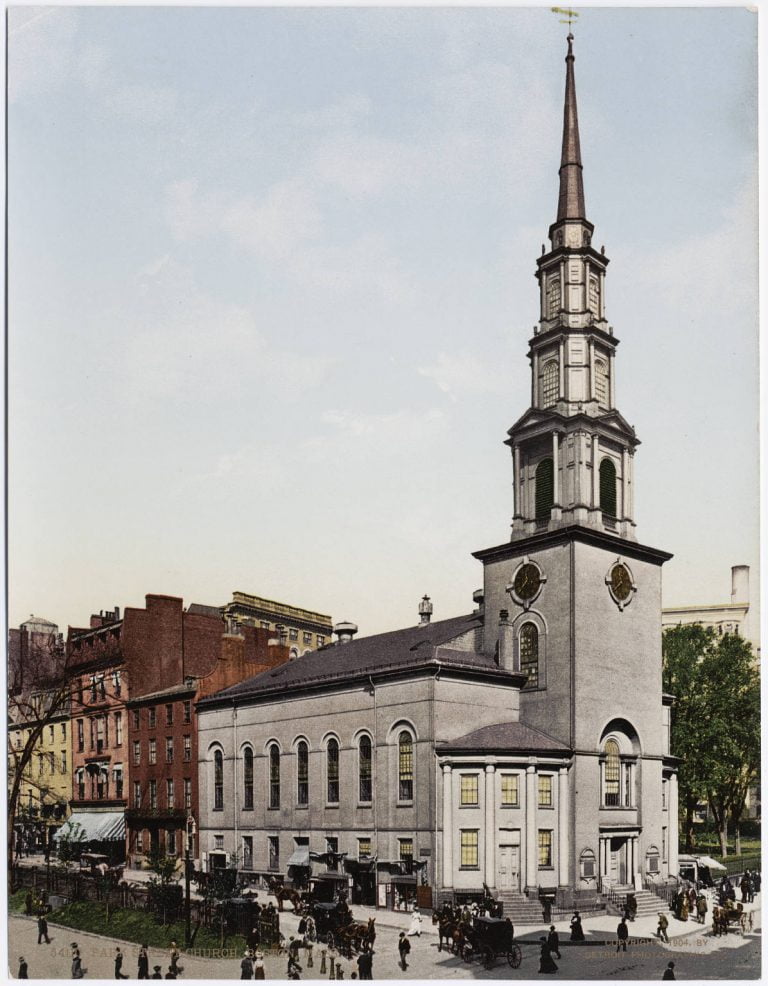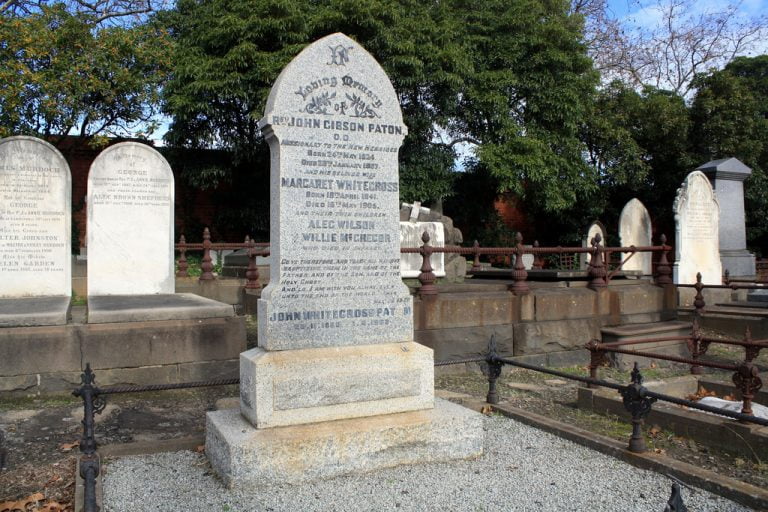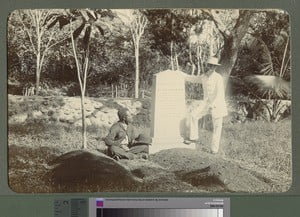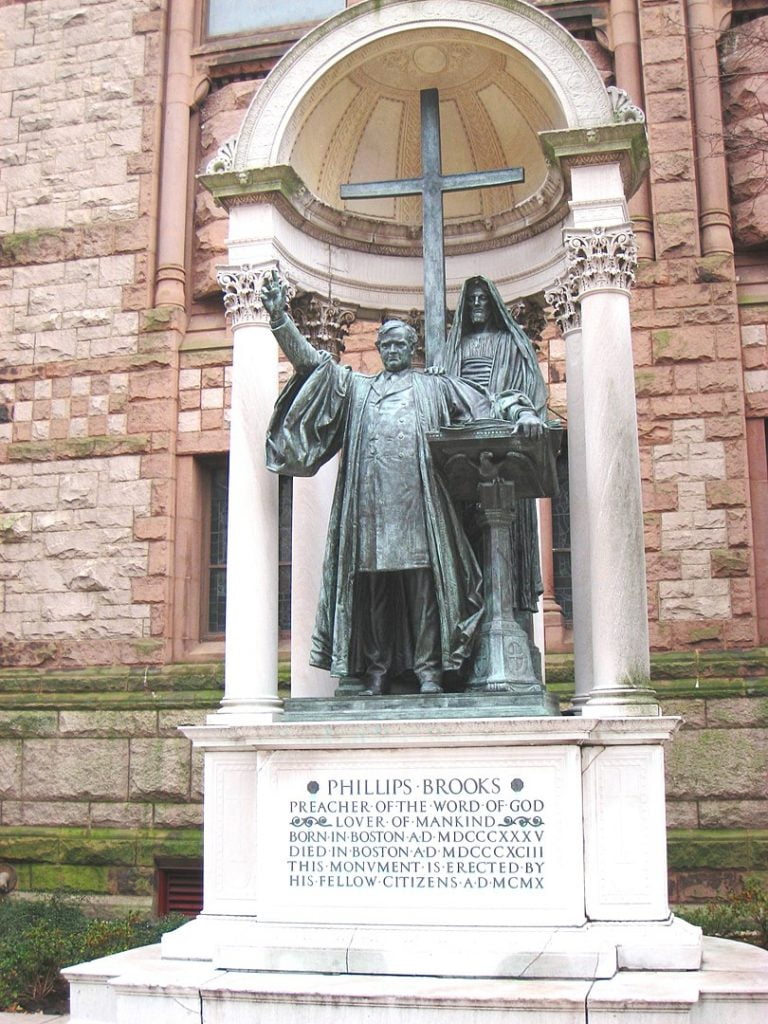Favorite
Henry Allan “Harry” Ironside (October 14, 1876 – January 15, 1951) was a Canadian-American Bible teacher, preacher, theologian, pastor, and author who pastored Moody Church in Chicago from 1929 to 1948. Image Credit: Wikipedia contributors. Harry a. Ironside. 4 Feb. 2025, en.wikipedia.org/wiki/Harry_A._Ironside#/media/File:Harry_Ironside.jpg. Read more...
Favorite
From Wikipedia: Gladys May Aylward (24 February 1902 – 3 January 1970) was a British-born evangelical Christian missionary to China, whose story was told in the book The Small Woman, by Alan Burgess, published in 1957, and made into the film The Inn of the Sixth Happiness, starring Ingrid Bergman, in 1958. The film was produced by Twentieth Century Fox, and filmed entirely in North Wales and England.[1] Image Credit: Nevin, Read more...
Favorite
From Wikipedia: St. Mary of Zion claims to contain the original Ark of the Covenant. Reportedly, the Ark was moved to the Chapel of the Tablet adjacent to the old church because a divine ‘heat’ from the Tablets had cracked the stones of its previous sanctum. Emperor Haile Selassie’s wife, Empress Menen, paid for the construction of the new chapel.[citation needed] According to Read more...
Favorite
From Wikipedia The Lutherhaus is a writer’s house museum in Lutherstadt Wittenberg, Germany. Originally built 1504 as part of the University of Wittenberg, the building was the home of Martin Luther for most of his adult life and a significant location in the history of the Protestant Reformation. Luther was living here when he wrote his 95 Theses. The Augusteum is an expansion to the original building that was constructed after Luther’s Read more...
Favorite
2 Kings 25:27-30 And it came to pass in the seven and thirtieth year of the captivity of Jehoiachin king of Judah, in the twelfth month, on the seven and twentieth day of the month, that Evilmerodach king of Babylon in the year that he began to reign did lift up the head of Jehoiachin king of Judah out of Read more...
Favorite
From Wikipedia: Montgomery himself expected that his name would live, if at all, in his hymns. Some of these, such as “Hail to the Lord’s Anointed”, “Prayer is the Soul’s Sincere Desire”, “Stand up and Bless the Lord” and the carol “Angels from the Realms of Glory”, are still sung. “The Lord Is My Shepherd” is a popular hymn with Read more...
Favorite
From Wikipedia: George Müller (born Johann Georg Ferdinand Müller, 27 September 1805 – 10 March 1898) was a Christian evangelist and the director of the Ashley Down orphanage in Bristol, England. He was one of the founders of the Plymouth Brethren movement. Later during the split, his group was labelled as the Open Brethren. He cared for 10,024 orphans during his lifetime,[1][2] and provided educational opportunities for the orphans to the point that Read more...
Favorite
One of the most tragic stories in Biblical archaeology is the tale of the Mesha Stele. Only one outsider is recorded to have seen it, Anglican missionary Frederick Klein. He said, “I am sorry to find that I was also the last European who had the privilege of seeing this monument of Hebrew antiquity in its perfect state of preservation.” Read more...
Favorite
From Wikipedia: Dennis James Kennedy (November 3, 1930 – September 5, 2007) was an American pastor, evangelist, Christian broadcaster, and author. He was the senior pastor of Coral Ridge Presbyterian Church in Fort Lauderdale, Florida, from 1960 until his death in 2007. Kennedy also founded Evangelism Explosion International, Coral Ridge Ministries (now known as D. James Kennedy Ministries), the Westminster Academy in Fort Lauderdale, the Knox Theological Seminary, radio station WAFG-FM, Read more...
Favorite
Original Site of Bob Jones University. Image Credit: Ebyabe, CC BY-SA 3.0 <https://creativecommons.org/licenses/by-sa/3.0>, via Wikimedia Commons Read more...
Favorite
From Wikipedia: The Billy Graham Library is a public museum and library documenting the life and ministry of Christian evangelist Billy Graham. The 40,000-square-foot (3,700 m2) complex[1] opened to the public on June 5, 2007.[2] The library is located on the grounds of the international headquarters of the Billy Graham Evangelistic Association in Charlotte, North Carolina, a few miles from where Graham was reared. The library is styled after Read more...
Favorite
From Wikipedia: William Franklin Graham Jr. (November 7, 1918 – February 21, 2018) was an American evangelist and an ordained Southern Baptist minister who became well known internationally in the late 1940s. He was a prominent evangelical Christian figure, and according to a biographer, was “among the most influential Christian leaders” of the 20th century.[2] Graham held large indoor and outdoor rallies with sermons that were broadcast on radio and Read more...
Favorite
At Mount Rushmore, a history of the United States was to be carved in stone. It ended up being memorialized in brass, but recognizes the Christian Heritage of America. Almighty God, from this pulpit of stone the American people render thanksgiving and praise for the new era of civilization brought forth upon this continent. Centuries of tyrannical oppression sent to Read more...
Favorite
From the website: The Boneyard Creation Museum is a non-profit educational museum located in Broken Bow, Nebraska for the purpose of displaying scientific evidence for creation and showing the difference between evolution and creation. We believe in the accuracy of the Bible and firmly believe that the earth is thousands of years old, not billions. The museum has many fossil and replica displays highlighting the many problems that Read more...
Favorite
From WMF: The original First Baptist Church in Mawlamyine, Mon State, was constructed in 1827 by Adoniram Judson, an American missionary who spent nearly 40 years in Myanmar (Burma) in the early nineteenth century. Well beyond the issues of religious conversion, the Judson experience in Burma nurtured an environment that has profound effects on Mawlamyine today. The hospitals, schools, and Read more...
Favorite
From the website: ” the founders of Park Street Church pronounced the standard upon which they could not compromise: Jesus Christ was no mere messenger sent from God—He was God himself. This stance on the divinity of Jesus had fallen out of favor in the early 1800s, in favor of the doctrine of Unitarianism. Unitarians believe that Jesus was a good Read more...
Favorite
From Wikipedia: John Gibson Paton (24 May 1824 – 28 January 1907), born in Scotland, was a Protestant missionary to the New Hebrides Islands of the South Pacific. He brought to the natives of the New Hebrides education and Christianity. He developed small industries for them, such as hat making. He advocated strongly against a form of slavery, which was called “Blackbirding“, that involved kidnapping the Read more...
Favorite
Image Credit: George Baxter, Public domain, via Wikimedia Commons Voyage to the rock – read an account Archaeology of Christianity in Vanuatu (including map of the last day of Williams From Wikipedia: Most of the Williamses’ missionary work, and their delivery of a cultural message, was very successful and they became famed in Congregational circles. However, in November Read more...
Favorite
Phillips Brooks wrote “O Little Town of Bethlehem” – but as David Larsen pointed out, “like his preaching, even the hymn lacks strong Christological affirmation.” Larsen quotes from his successor’s biography of Brooks: His mother had in the earlier years of his ministry feared for his faith, and she had prayed mightily that he might remain true. She warned him Read more...
Favorite
From Wikipedia: Lyman Stewart (July 22, 1840 – September 28, 1923) was a U.S. businessman and co-founder of Union Oil Company of California, which eventually became Unocal. Stewart was also a significant Christian philanthropist and cofounder of the Bible Institute of Los Angeles (now known as Biola University). He and his brother Milton also anonymously funded publication of The Fundamentals, the foundation document of Christian fundamentalism.[1] Stewart also helped found the Union Rescue Read more...
